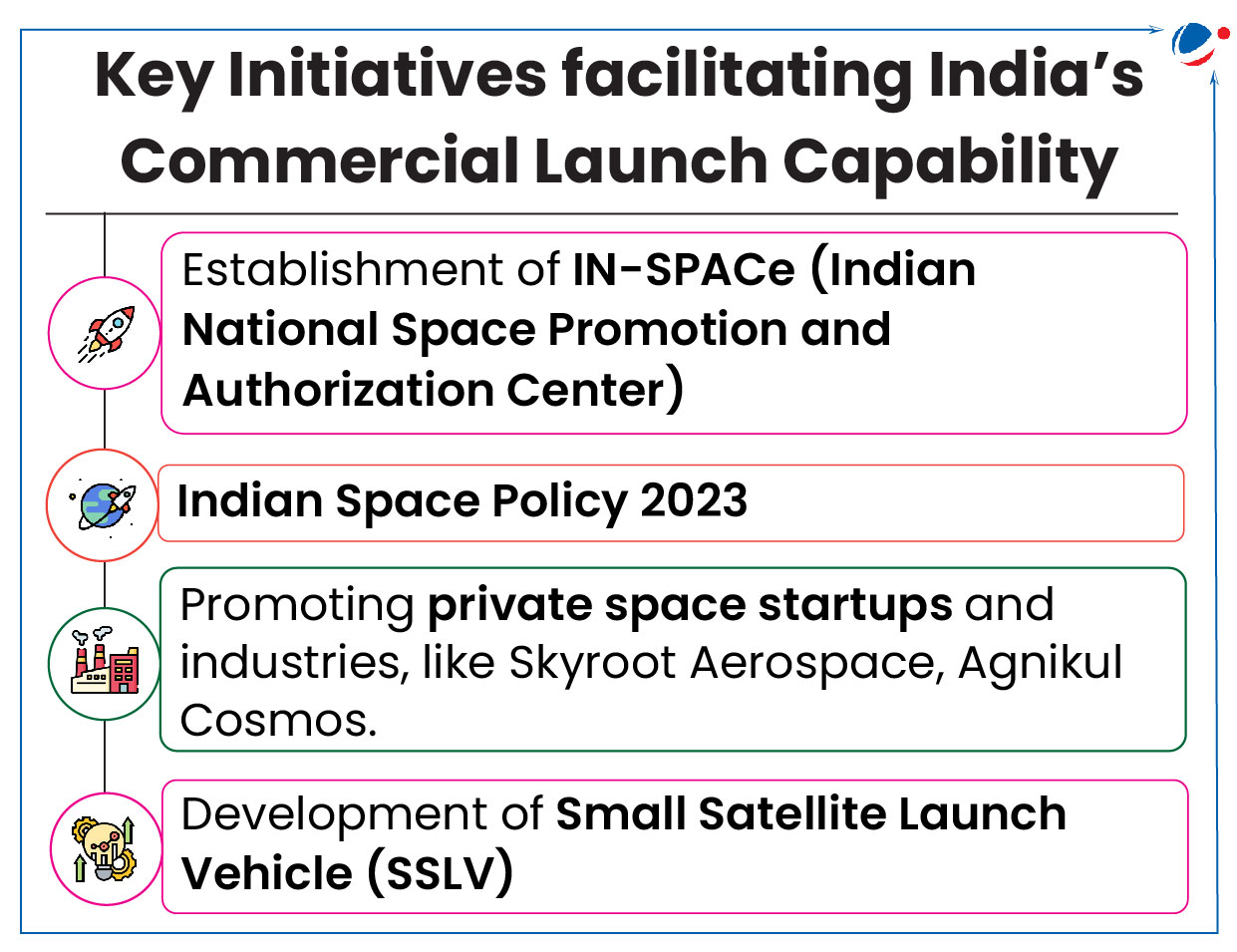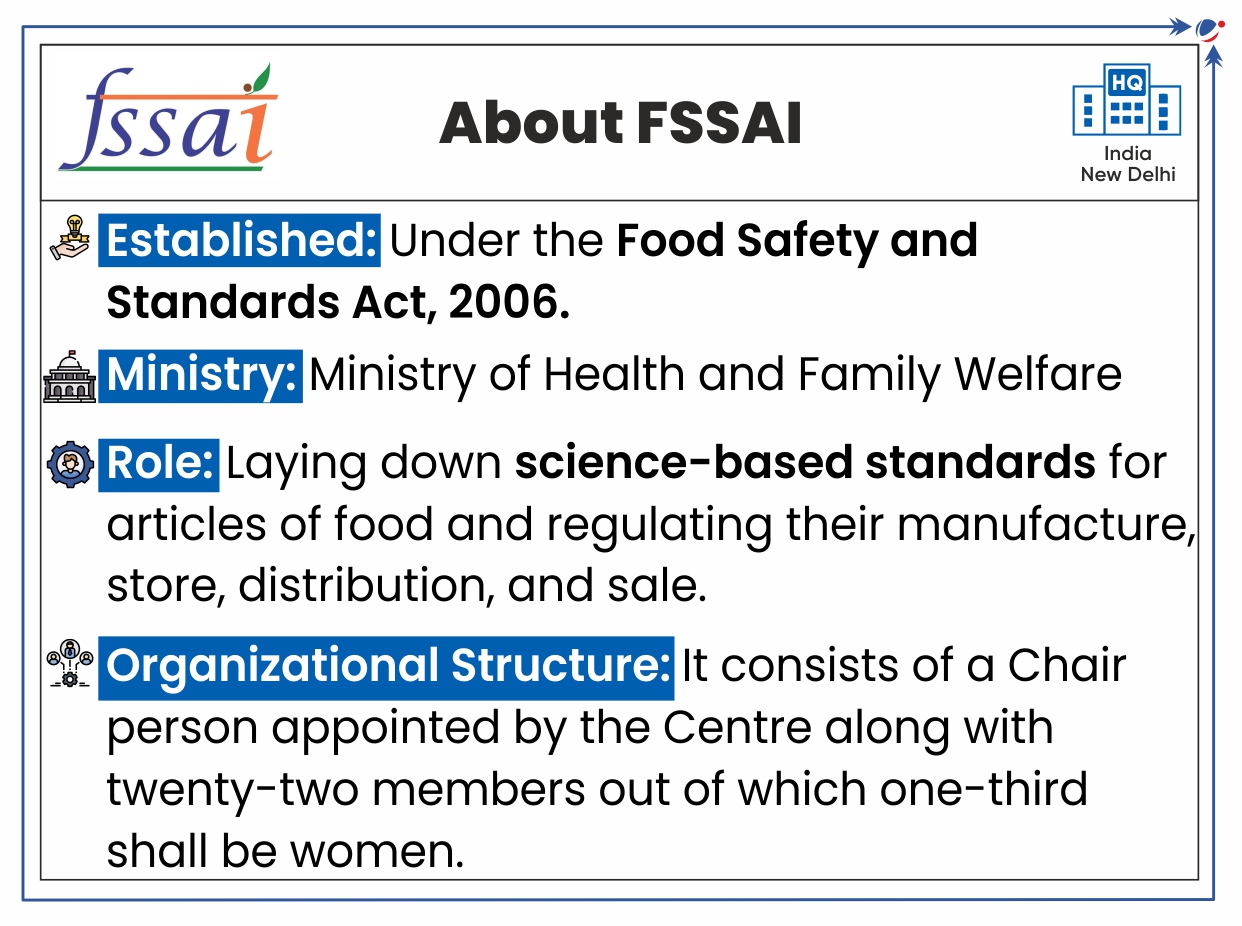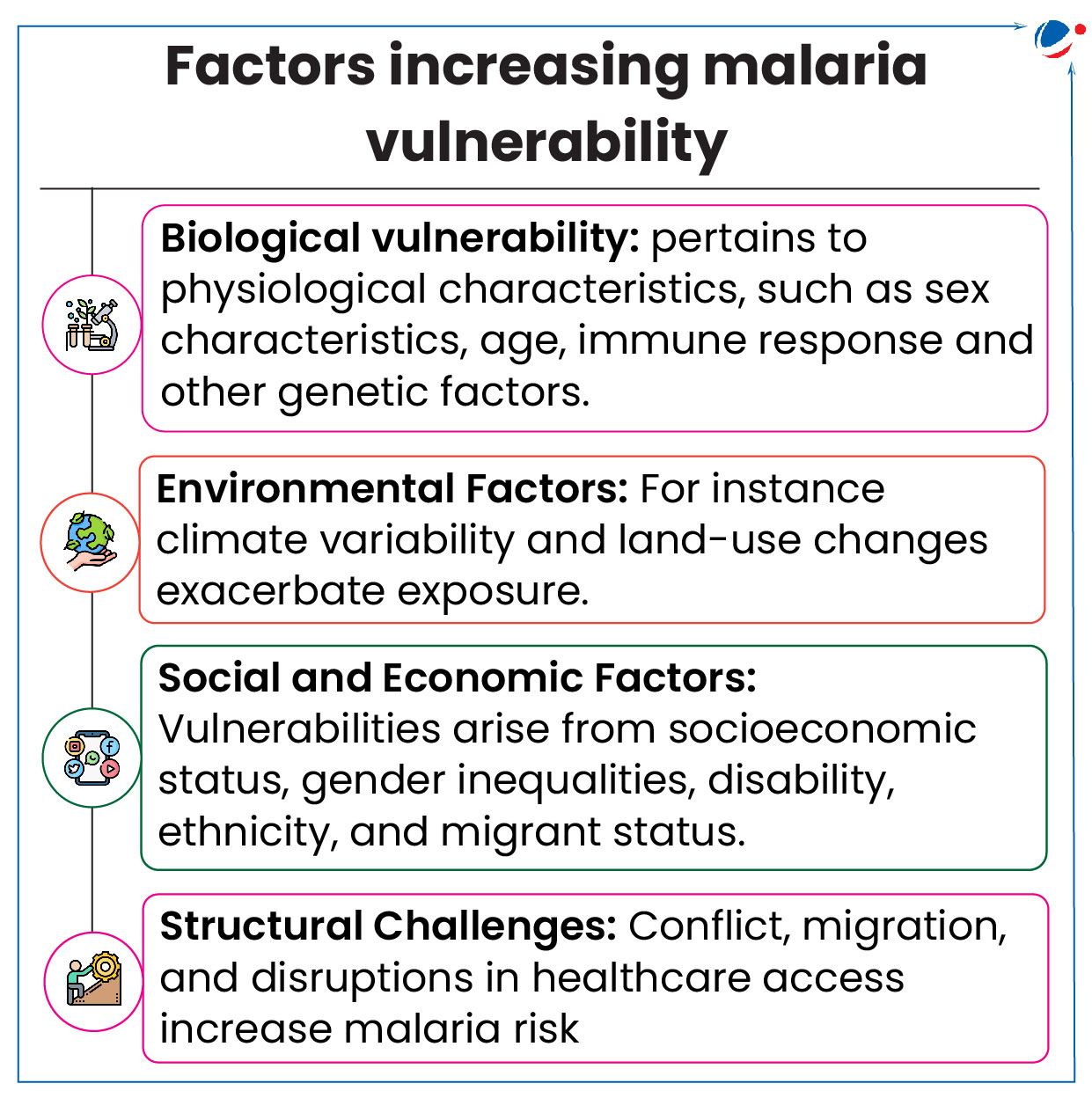ISRO launched PSLV-C59 rocket with European Space Agency’s Proba-3 satellites
About PSLV-C59
- PSLV-C59 vehicle carried Proba-3 spacecraft into a highly elliptical orbit as a dedicated commercial mission of NewSpace India Limited (NSIL).
- It was launched from Satish Dhawan Space Centre (SDSC-SHAR), Sriharikota
- It is ESA’s first launch from India since Proba-1 mission in 2001.
- Polar Satellite Launch Vehicle (PSLV) is the third generation launch vehicle.
- It is a four-stage vehicle, with multiple satellite launch capability and multiple orbit capability.
Proba-3 Mission

- An In-Orbit Demonstration (IOD) mission.
- Aim: Observe the Sun’s corona through an innovative satellite formation flight.
- World’s first precision formation-flying mission.
- In it, two satellites will fly together, maintaining a fixed configuration.
- Focus of formation flying is to maintain a targeted orbit configuration.
- Consists of Coronagraph Spacecraft (CSC) and Occulter Spacecraft (OSC)
- In it, two satellites will fly together, maintaining a fixed configuration.
Benefits of Commercial Space Launches for India
- Increasing share in global Space economy: Currently, India constitutes 2-3% of the total.
- Revenue Generation: India generated over $279 million in revenue from the launch of foreign satellites. (as of 2022)
- Soft Power: Commercial satellite launches are considered a form of soft power.
- It can be leveraged in the geo-political sphere by fostering strong diplomatic ties.
- Other: May facilitate Technology transfer etc.
About NewSpace India Limited (NSIL)
|
Indian astronauts who have been selected for the upcoming Axiom-4 mission to the International Space Station (ISS) have completed the initial phase of training.
Axiom Mission 4 (Ax-4)
- Ax-4 is the fourth private astronaut mission to the International Space Station.
- It will launch to the orbiting laboratory on a Dragon spacecraft aboard a SpaceX Falcon 9 rocket.
- Axiom Mission is jointly coordinated by the NASA and a private US company Axiom Space.
- Ax-1 was the first all-private mission, launched in 2022.
NASA researchers have discovered more dark Comets, Oumuamua-like (a messenger from afar arriving first) objects.
Dark Comets
- These celestial objects look like asteroids but act like comets and have less surface area for material to form tails.
- They deviate from expected orbit. That deviation couldn’t be explained by the Yarkovsky effect.
- It is a phenomenon which changes the path of celestial objects due to asymmetric radiation of heat energy.
- They spin quite rapidly and disperse escaping gas and dust in all directions, making them less visible.
- Dark comets follow elongated, elliptical paths that bring them close to the Sun before sweeping back out to the farthest reaches of the Solar System.
The Food Safety and Standards Authority of India (FSSAI) advisory aims to ensure the safety, quality, and authenticity of food products being sold online.
Key Points of the Advisory

- Regulatory Compliance: E-commerce platforms must ensure food products sold comply with Food Safety and Standards (Labelling and Display) Regulations 2020.
- Online claims must align with those on physical labels to avoid misleading consumers.
- Food Safety and Hygiene: Platforms must train last-mile delivery personnel to ensure that delivery staff are well-trained in food safety and hygiene practices.
- Shelf-Life Requirements: Food products delivered must have a minimum of 30% shelf life remaining, or at least 45 days before expiry at the time of delivery.
- Seller Accountability: Platforms must prominently display the FSSAI licence and registration numbers of sellers and Hygiene ratings of the food business operators.
Article Sources
1 sourceFSSAI has classified packaged drinking water as ‘High Risk Food Category’.
About High Risk Food
- High risk foods are ready to eat foods that support multiplication of pathogenic bacteria that could be harmful.
- These include dairy products; meat products including poultry; fish and fish products, etc.
- Food products that come under High Risk category are subjected to mandatory risk-based inspections.
- All Central Licensed Manufacturer/Processors under High Risk Food Categories shall get its business audited by FSSAI focusing on food safety auditing agency every year.
Ministry of health and family welfare (MoHFW) has designated snakebite cases and deaths as a ‘notifiable disease’.
- Earlier, Ministry launched the National Action Plan for Prevention and Control of Snakebite Envenoming (NAPSE) to halve snakebite-related deaths and disabilities by 2030.
What are notifiable diseases?
- It is any disease that is required by law to be reported to government authorities.
- Responsibility of notifying any disease and the implementation lies with the state government.
- The collation of information allows the authorities to monitor the disease, and provides early warning of possible outbreaks.
- Other notified diseases: AIDS, hepatitis, dengue, etc.
- WHO’s International Health Regulations, require disease reporting to the WHO in order to help with its global surveillance and advisory role.
World Malaria Report 2024 was released by WHO.

Key Findings of the report
- Globally, Malaria cases rose to 263 million in 2023, with an incidence of 60.4 per 1000 population at risk, up from 58.6 in 2022.
- The WHO African Region accounted for 94% of global cases.
- Findings related to India:
- Decline in Malaria Cases: Reduced by 69%, from 6.4 million in 2017 to 2 million in 2023.
- Decline in Malaria deaths: declined by 68%, from 11,100 in 2017 to 3,500 in 2023.
- In 2024, India officially exited the High Burden to High Impact (HBHI) group.
About Malaria
- It is a life-threatening disease caused by Plasmodium parasites (a genus of parasitic protozoans), transmitted to humans through the bites of infected female Anopheles mosquitoes.
- 2 of the 5 parasite species (Plasmodium falciparum and Plasmodium vivax) pose the greatest threat of malaria.
- Geographical prevalence: Mostly found in tropical countries.
- Symptoms: Fever, chills and headache, fatigue etc.
- Five Plasmodium species cause malaria in humans: P. falciparum, P. vivax, P. malariae, P. ovale, P. knowlesi.
- P. falciparum and P. Vivax pose the greatest threat.
- Malaria Vaccines: RTS, S/AS01 vaccine (WHO approved first vaccine in 2021), R21/Matrix-M (WHO approved second vaccine in 2023).
Initiatives
- World Health Organization (WHO) Global technical strategy for malaria 2016–2030, updated in 2021, provides a technical framework for all malaria-endemic countries.
- National Strategic Plan: Malaria Elimination 2023-27
- GM Mosquitoes: They are mass-produced in a laboratory for effective mosquito control and carry two types of genes:
- Self-limiting gene (prevents female mosquito offspring from surviving)
- Fluorescent marker gene (glows under a special red light, enabling their identification).
According to a study, nanoplastics derived from single-use plastic bottles (SUPBs) contribute to the spread of antibiotic resistance (AR).
Key findings of Study
- Nanoplastics and microorganisms coexist in diverse environments, including the human gut.
- Polyethylene Terephthalate Bottle-derived Nanoplastics (PBNPs) can facilitate the cross-species gene transfer from E. coli to Lactobacillus acidophilus, a significant beneficial bacteria found in human gut microbiota, through a process called horizontal gene transfer (HGT).
- HGT is the movement of genetic information or material between organisms (except for those from parent to offspring).
- Two mechanisms through which PBNPs facilitate AR gene transfer include:
- Direct transformation pathway, in which PBNPs act as physical carriers, transporting AR plasmids across bacterial membranes.
- Outer Membrane Vesicle (OMV) – Induced Transfer Pathway, in which PBNPs induce oxidative stress and damage to bacterial surfaces, increasing OMV secretion facilitating gene transfer.
About Nanoplastics
- Nanoplastics are solid particles of synthetic or heavily modified natural polymers with sizes between 1 nm (nanometer) and 1000 nm.
- Sources: Primary sources like cosmetics, paints, drugs, electronics, and secondary sources from breakdown and fragmentation of microplastics.
- Impact: More easily penetrate cells and tissues in living organisms, and have been found in human blood, liver and lung cells, and in reproductive tissues.
Article Sources
1 sourceStudies reveal how ecDNA drives cancer progression and drug resistance.
About Extrachromosomal DNA (ecDNA)
- ecDNA are small circular DNA fragments that float freely in the nucleus, separate from chromosomes.
- Genesis: Formed due to DNA damage (e.g., chromothripsis) or errors during DNA replication.
- Role of ecDNA in Cancer:
- Found in up to 90% of certain tumour types, including brain tumours, liposarcomas, and breast cancers.
- ecDNA often contains multiple oncogenes, promoting tumour growth and drug resistance.
- Oncogenes are mutated genes capable of causing cancer that are required to activate tumour growth.
A recent outbreak of Marburg Virus Disease (MVD) in Rwanda has killed at least 15 people, and infected at least 66.
About MVD or Marburg Haemorrhagic Fever
- Causative agents: Marburg virus (MARV) and Ravn virus (RAVV) of the species Orthomarburgvirus marburgense.
- Human MVD infection results from prolonged exposure to mines or caves inhabited by Rousettus fruit bat colonies, most notably Egyptian fruit bat (Rousettus aegyptiacus).
- Transmission: Human-to-human transmission via direct contact (through broken skin or mucous membranes) with the blood, secretions, organs or other bodily fluids of infected people.
- Symptoms: Begins abruptly, with high fever, severe headache, severe malaise, muscle aches and pains, etc.
Scientists from University of Bristol and UKAEA have created world’s first carbon-14 diamond battery, a sustainable power source that can last thousands of years.
About Diamond Battery
- It uses a man-made diamond that, when placed in a radioactive field, is able to generate a small electrical current.
- The diamond incorporates carbon-14 (half-life of 5,700 years), an isotope used in radiocarbon dating.
- Like a solar panel, battery converts energy, but instead of light, it uses fast-moving electrons from radioactive decay.
- Encased in diamond, it safely absorbs short-range radiation, and generates low levels of electricity without leakage.
Potential Applications
- Can power devices like pacemakers, hearing aids, and ocular devices.
- Ideal for space missions because of long-lasting power for satellites.
- Can help manage nuclear waste by extracting carbon-14, reducing radioactivity and storage costs.
Article Sources
1 sourceMinistry of Textiles encouraging research & development into new natural fibers, including milkweed fiber.
About Milkweed fiber
- It is a unique natural fiber extracted from the seed pods of milkweed plants (Asclepias syriaca L).
- The plant is native to North America. In India, it is found as a wild plant in Rajasthan, Karnataka & Tamil Nadu.
- Properties: It contains oily material & lignin, a woody plant substance, which makes them too brittle for spinning.
- Its amphiphilic material that can exhibit both hydrophilic (water absorbing) & hydrophobic (water-repelling/resisting) properties.
- Applications: Used as an absorbent material, water-safety equipment (life jackets & belts) etc.
Article Sources
1 sourceUnion Transport Minister inaugurated India’s first National Highway made with Bio-Bitumen in Nagpur-Mansar Bypass on National Highway 44.
- Bitumen is a black substance derived from distillation of crude oil, known for adhesive properties.
- It is mainly used in road paving and waterproofing applications.
About Bio-Bitumen
- It is a petroleum-free alternative to bitumen manufactured from organic elements. E.g. Bio-char, Stubble,ligin, bio-oil, etc.
- It can be used as an addition to bitumen or to reduce the quantity of bitumen in binder mixture.
- Benefits: Reduced imports, address issue of stubble burning, boosting Bio-economy etc.
- Other sustainable methods for road construction -Copper Slag, Geotextiles, Cold asphalt mix etc.








